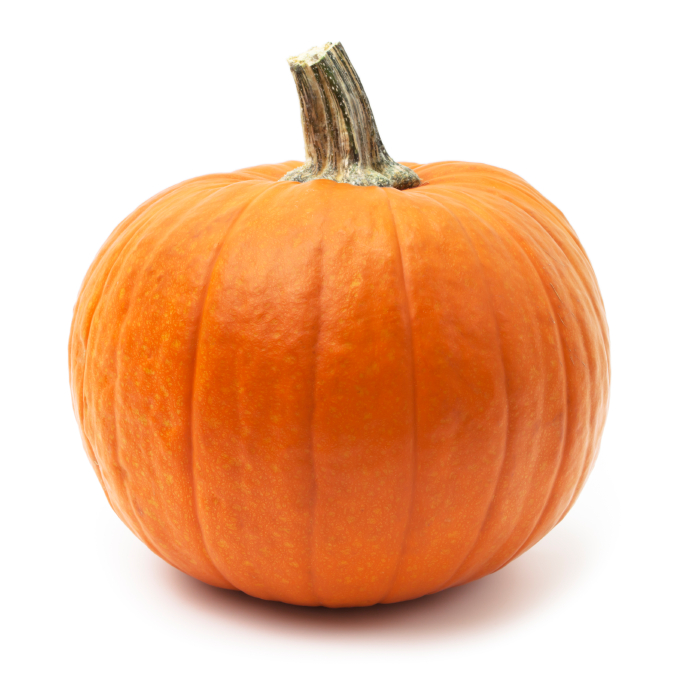Growing Pumpkins
Jap, Queensland Blue, Jarrahdale, Australian Ironbark are popular varieties. Worth having a look at heirloom varieties and ‘Mini’ or decorative varieties. They do take a fair bit of space, but don’t be afraid to let them wander across the pavers or another part of the garden as they are only short-lived. The vines are surprisingly strong, so try letting one grow upwards over a trellis or frame.
Grow from seed between September and January, in mounds of rich soil (add lots of compost), put in 3-4 seeds and remove to leave the strongest 2.
Prune the vine to encourage fruit set, once a runner gets to 60cm remove the tip – this will encourage more female flowers and increase the chances of natural pollination.
Pollinate flowers by hand for reliable cropping by moving pollen from male to female flowers. Female flowers will have a small pumpkin at the base. Do it early in the morning as the flowers open for best results. As with all Curcurbits watch out for mildew on the older leaves, use a mik spray or fungicide to control. Yellowing and dropping flowers indicate lack of pollination due to low bee activity or cold temperatures, use the manual pollination method.
Harvesting Pumpkins
Time to develop is at least 12 weeks, Pumpkins are ready to be picked when the tendril nearest the fruit goes hard and brown. Cut the pumpkin with plenty of stem, and cure them by
exposing them to sunlight for a few days, this will ensure they keep well.

Cooking with Pumpkins
A traditional side vegetable with roast meat. Try something different and combine with Asian ingredients by simmering with coconut milk, chilli and coriander.
A first food for many babies, pumpkin makes a sweet mash that is easy to prepare.
